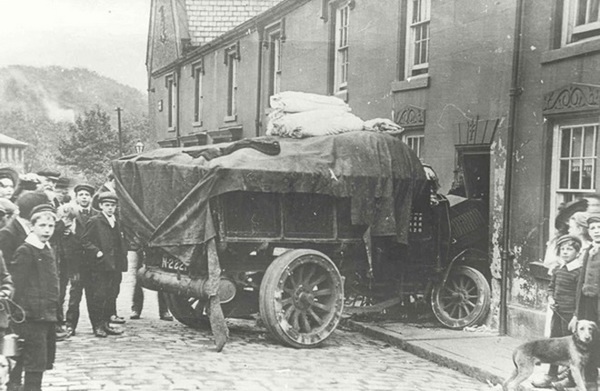El Nino is here! "It’s just rain", Southern Californians may say. How much impact can it really have on your driving?
The answer: a lot. You’re likely to experience lower visibility, reduced traction and increased difficulty in handling your car both during and after a rainstorm. Add flooding to the mix and suddenly things get much more challenging – and dangerous.
In fact, more than half of flood-related drownings are due to people driving into floodwaters, according to the Centers for Disease Control and Prevention. So, never, ever do it. As little as 12 inches of rushing water can carry away a small car, and 24 inches can carry away most any vehicle, according to the National Weather Service, which emphasizes “Turn Around, Don’t Drown” when it comes to both walking and driving into floodwaters. After living through drought conditions recently we may not remember these important rules for driving.
So, what about when the roads are wet but passable? From the rainy northwest, the Oregon Department of Transportation (ODOT) offers these tips for a safer approach to wet weather driving:
- Turn on your lights. Rain (and the spray from other vehicles) can significantly lower visibility. Make it easier for other drivers to see you.
- Slow down. It’s easy to lose control and hydroplane on wet roads, especially at speeds of about 35 mph or higher. Hydroplaning occurs when your front tires ride on a film of water instead of actually being in contact with the road. If it happens, ODOT recommends taking the following measures: “Ease off the gas, gently apply the brakes and steer straight ahead.” You’re also at risk of splashing water into the engine and stalling it when you drive at high speeds.
- Give people more room, and don’t use cruise control. You won’t be able to stop as quickly when the roads are wet — cars need two to three times more stopping distance.
- Expect things to be slick, especially if it hasn’t rained for a while. When a fresh rain mixes with engine oil and grease on the road, the combination can produce exceptionally slippery surfaces.
- Make sure tires have proper inflation and adequate tread. Both over- and under-inflated tires are dangerous even in normal conditions. As for checking the tread, use the penny test: Insert a penny into the tread with Lincoln’s head upside down. If you see his entire head, it’s time for new tires.
- Keep up with general car maintenance. Make sure your wipers are functioning and that you replace the blades regularly. Also check your defroster, especially if you don’t use it often.
Remember, driving safely in inclement weather requires caution and patience, things that many of us Californians lack. Give yourself more time to get where you’re going especially when we have so much traffic here and most people don't know how to drive in the rain. If conditions are truly unsafe, pull over to a safe place (or stay home if you can). And, finally, don’t be caught with inadequate car insurance coverage, either. Wet conditions make accidents more likely, so before you head out into the storm, make sure you have the coverage you want. So, whether you are in Newport Beach, Upland or Rancho Cucamonga-- follow these tips and you will be "Singing in the Rain" not sliding in the rain and we will all be happy with the drought recovery that is going on this spring!

Reposted with permission from the original author, Safeco Insurance.


Discussion
There are no comments yet.